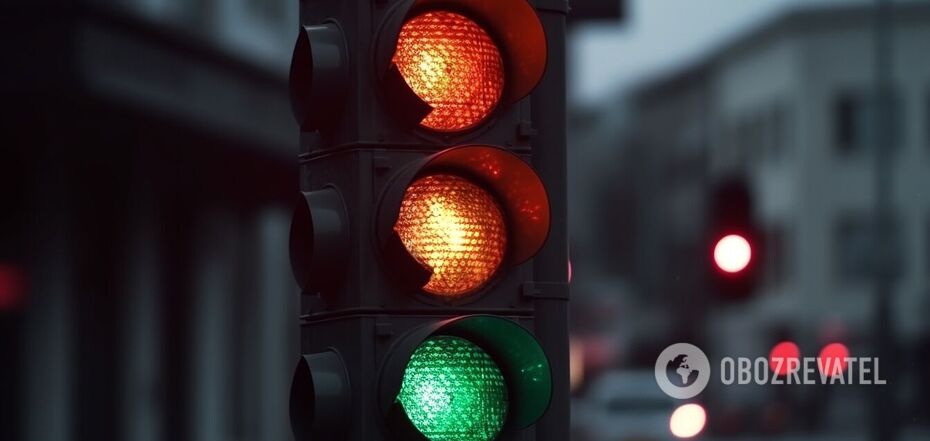Life
Why traffic lights have three colors: what is the peculiarity of red
Red, yellow, and green are the standard colors of traffic lights that regulate road traffic. Have you ever wondered why traffic lights have these colors? How the selection process took place and why the traffic signal is green and not, say, white or blue?
Before traffic lights were invented, special regulating semaphores were used on railroads. Red meant stop, white allowed traffic, and green warned of caution, literally meaning "proceed with caution." The network told us when the first traffic lights appeared and what caused the modern choice of colors.
History of the invention of the traffic light
The first traffic light in history was installed in 1868 in London near the Houses of Parliament - and this was long before the advent of automobiles. The inventor, J. P. Knight, was a specialist in railroad semaphores. The device had two wings: the horizontal position meant "stop", the slanted position meant "you can move". A gas lantern was used at night, but there was a mishap: the lantern exploded and injured a policeman.
In 1910, Ernest Sirin invented an automatic traffic light system. The novelty was first protested in Chicago: the device had two inscriptions: "Stop" and "Proceed".
The three-color traffic light was developed by policeman William Potts in 1920. It was installed in Detroit, Michigan. In 1935, the U.S. Federal Highway Administration issued the Manual on Uniform Traffic Control Devices, setting standards for all signs and signals. This manual also required that traffic lights everywhere be red, yellow, and green.
The first traffic light of modern type in Europe was installed in 1922 in Paris at the intersection of the central street Rivoli and Sevastopol Boulevard. In the same year, a traffic light was installed in Hamburg.
In Ukraine, traffic lights were first installed in Kharkiv in 1936.
Why red, yellow and green colors were chosen
The white color on semaphores proved to be problematic. Drivers often failed to notice it: for example, the glare of the sun could be mistaken for a signal. The white semaphore color caused accidents and unplanned stops.
Red is the color with the longest wavelength, which means you can see it from a greater distance. This comes in handy when it comes to warning signs that require you to stop in advance. Green became the color of traffic, and yellow began to be used instead of white.
Earlier OBOZREVATEL told, what signs on the roads can be easily confused and get a fine for this.
Subscribe to OBOZREVATEL channels in Telegram , Viber and Threads to be aware of the latest events.



























